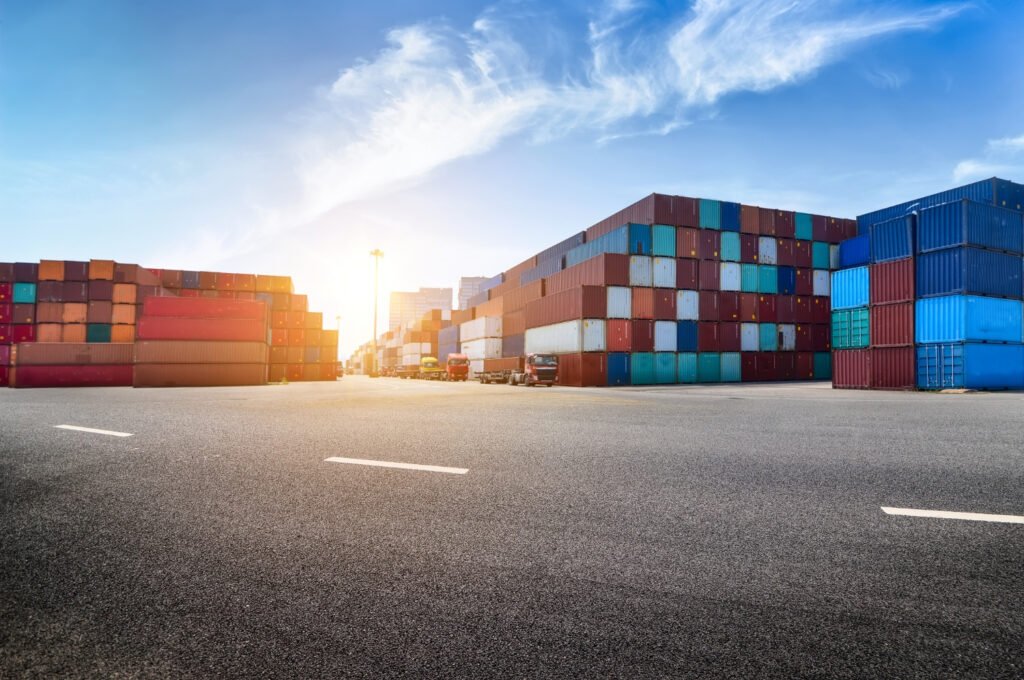The global shortage of shipping containers is causing a big problem in international supply chains.
Because of COVID-19, shipping costs have gone way up, and there are delays at big ports. This is making it hard for people who import things from all over the world. Nobody knows when things will get better.
So, why is there a shortage of containers? Especially when there’s so much demand for things to be sent around the world? Let’s find out.
Basically, there aren’t enough containers worldwide because the shipping and logistics industries weren’t ready for the problems caused by the pandemic.
In early 2020, when the pandemic spread worldwide, China and many other countries went into lockdown. This caused economies to stop suddenly, factories to close, and cities to become deserted. Demand for goods dropped a lot.
Because of this, major shipping companies cancelled many planned trips, reducing the number of ships going back and forth on regular routes. This not only stopped goods from moving as usual but also left empty containers behind.
Normally, container ships follow a cycle: they bring full containers to ports, unload them, and then take empty ones back on their return trips. But this cycle was suddenly broken. For example, at the ports of Los Angeles and Long Beach, lots of empty containers piled up because 41 ships cancelled their deliveries between mid-February and early April 2020.
These empty containers would have usually gone back to Asia, but instead, they stayed where they were.

As the world tried to deal with the tough effects of the pandemic, China started to get better. So, they could resume their normal trading activities. But other countries couldn’t do the same.
Lockdowns in important port cities meant that containers full of stuff couldn’t be sent back to Asia, where they were really needed.
For instance, in India, lockdowns caused huge piles of containers in places like Chennai and Mundra because dockworkers couldn’t work to unload them. Also, truck drivers couldn’t pick up cargo from these ports. The backlog on the east coast of India reportedly grew to 50,000 containers.
There were also fewer ships available for shipping, so empty containers stayed in places where they usually wouldn’t. In the Port of Melbourne, for example, empty containers stacked up because there weren’t enough ships to take them back to China. Shippers had to rush to avoid extra charges because their containers were left in ports without being looked after.

Source & Procure is dedicated to providing top-tier supply chain solutions for diverse clients, including Amazon FBA sellers, private labels, wholesalers, and retailers. Choose us today for your business success.
WhatsApp us